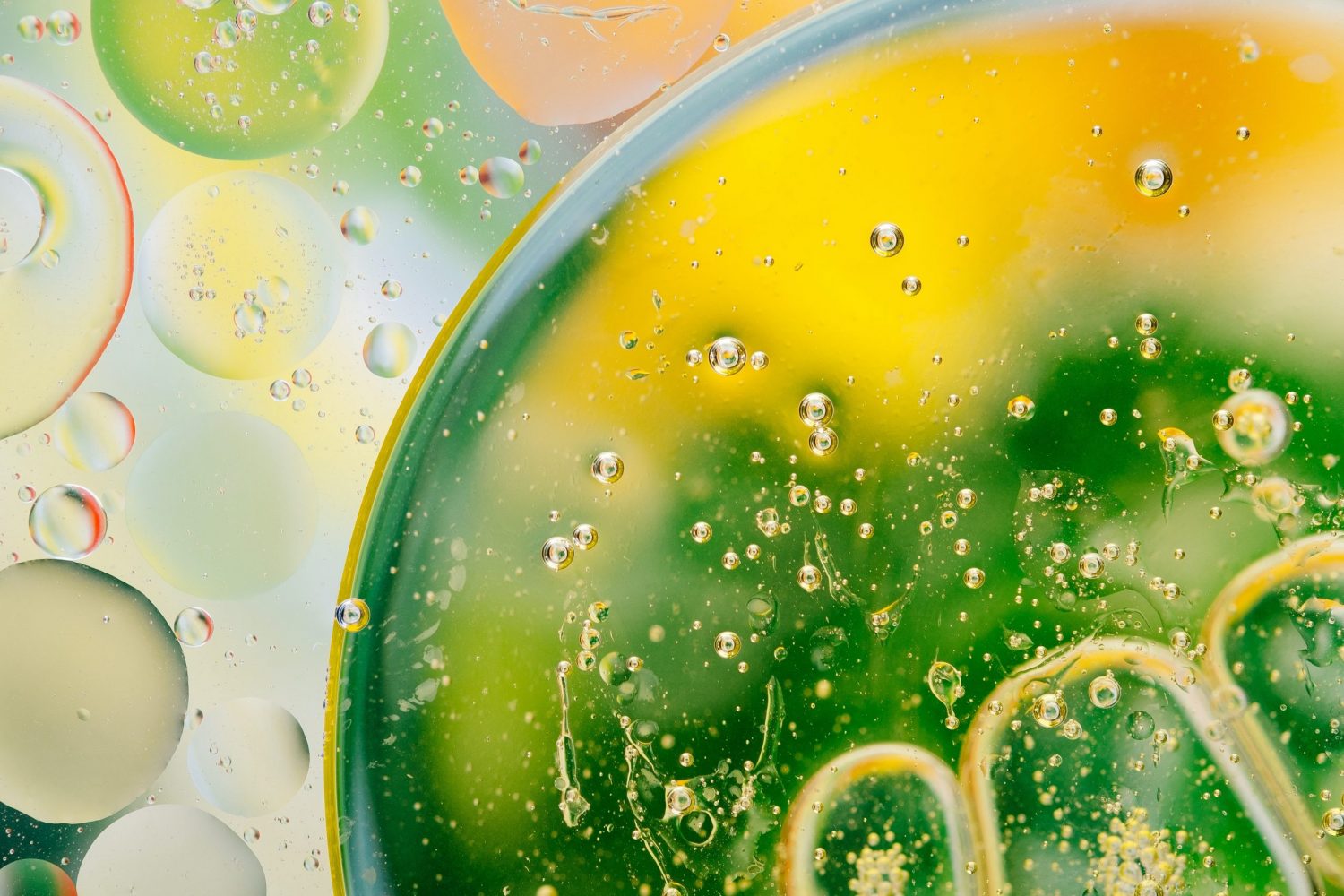
Whether you’re in your early 20s or late 50s, you’ve most likely heard about retinol and its many beauty-boosting (and scientifically proven) benefits, from reducing the appearance of fine lines and wrinkles to clearing acne to improving skin texture. That’s why we’ve created a complete guide to retinol to help you better understand what exactly this vitamin A derivative is, how to use it, its side effects, and more! With that said, take a seat, grab your favorite notepad, and get ready to immerse yourself into the wonderful realm of retinol!
What is Retinol?
Simply put, retinol is a derivative of vitamin A, which when applied topically, helps boost collagen production and increase skin cell turnover rate. And while many believe the terms retinol and retinoid are interchangeable, they aren’t… at least not entirely. Confusing, we know, but let us explain. Retinol is one of the many types of retinoids that exist while the term retinoid is used to refer to any product that contains a vitamin A derivative such as retinoic acid or retinol palmitate.
But what retinol and retinoids do have in common is what they can do when applied to skin, some of which we already mentioned. They can also help minimize discoloration and even out skin tone. And when it comes to overall potency, retinol is gentler on the skin and suitable for treating signs of aging and minor acne whereas retinoids that contain retinoic acid (the most active form of vitamin A) often require prescriptions and can be more effective for chronic acne sufferers.
And fun fact: retinoids treat not only the surface layer of skin (the epidermis) but can penetrate the dermis (the second deepest layer of skin) over prolonged use. Pretty neat stuff!
How to Use Retinol
That moment when you purchase your first retinol product and confidently say to yourself…
Figuring out how to incorporate a retinol into your skincare routine can be daunting at first, but it’s a lot simpler than it seems! One of the most important things to keep in mind is that retinol should be applied at night, as it can make your skin sensitive to light. This is also great for those who use vitamin C on a regular basis, as it can be applied in the morning to help protect skin from free radical damage and other environmental pollutants while retinol works to boost collagen production and repair skin as you sleep during the evening. If you’re using a retinol in serum form, apply it first before your moisturizer and eye cream but if your moisturizer contains retinol, then it should be one of the final steps in your routine. And if you’re unsure what should be used first, last, and in between, check out our guide to layering products here.
Who Can Use Retinol?
Next up in our guide to retinol: who can use it! Retinol is suitable for many skin types but not recommended for all. Those who have sensitive skin or common skin conditions such as rosacea and eczema should either avoid it completely or use a very low concentration (0.25% or 0.3%) of it. Over time, your skin can build up a tolerance to it and it can hopefully be used on a more regular basis. And remember, if severe acne is the concern, an over-the-counter retinol isn’t going to be effective. In cases like these, prescription retinoids are needed and will be recommended either by a doctor or dermatologist.
Side Effects of Retinol
We hate to burst your bubble but unfortunately, there are some side effects that can occur when using retinol, especially within the first few weeks of using a product that contains it.
Retinol is notorious for being drying and irritating and causing redness and/or peeling but have no fear, that’s just a sign that it’s doing what it’s supposed to! But you can certainly minimize these effects by avoiding facial laser treatments, the use of chemical peels, and the application of other AHAs and BHAs with your retinol that can increase irritation and inflammation. Unsure which skincare ingredients to avoid combining? We wrote all about it! Check it out here.
MOZ Retinol Product Pick
The ingredients in our Retinol Cream, such as aloe vera, green tea leaf extract, and hyaluronic acid were carefully formulated to help keep your skin healthy, hydrated, smooth, and glowing. Our formula not only adds moisture and provides essential nutrients to your skin, but also keeps you away from unwanted acne, improves the appearance of wrinkles and fine lines, and lightens dark spots and/or any discolored areas to help even skin tone. And although many may be tempted to incorporate this product into their routine both day and night, use this cream only in the evening, as retinol, one of the key ingredients in this product, is photosensitive to sunlight.
To learn how to apply and purchase our anti-aging cream, click here!
The Bottom Line
Whether in moisturizer, serum, or mask form, retinol is a skincare staple that everyone should incorporate into their beauty regimen. We hope this guide to retinol has piqued your interest and that it’s an ingredient you’ll be on the lookout for during your next trip to Sephora! Follow us on socials and let us know if this is your first time diving into the world of this vitamin A derivative and/or what retinol-infused products we should launch next. Bye for now!

